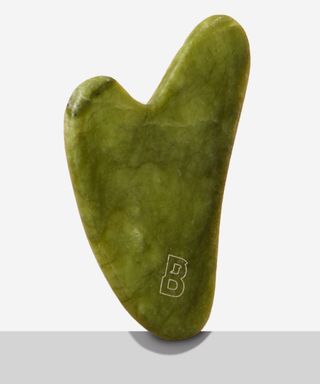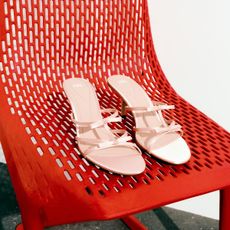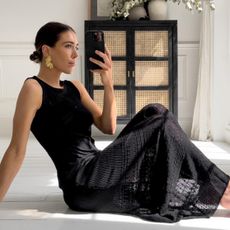These Are the Beauty Tools Skincare Experts Actually Want You to Use
Having a great skincare routine is all well and good, but ultimately, there is only so much you can achieve with products alone. For most people, the obvious route to going a step further is to pay regular visits to a dermatologist or esthetician—skincare professionals who can offer personalised advice and recommendations that are totally unique to our skin.
What's more, in-salon or in-clinic treatments also give us access to the exclusive tools and technologies that skincare professionals are licensed to use—treatments like LED light therapy, radio frequency, and microcurrent. These advanced technologies can go a step further than our regular skincare routines can, helping to target stubborn skin concerns like hyperpigmentation and wrinkles, while also providing long-term benefits.
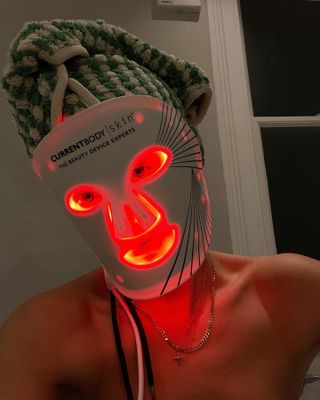
But if regular facials aren't achievable for you, don't worry—these innovative technologies are gradually making their way into at-home devices. While often not as strong as the equipment that the professionals have access to, these beauty tools are still a great way to upgrade your regular skincare routine.
But first of all, which beauty tool is right for you? "It is hard to navigate the world of skin devices," says GP and dermatology specialist Anita Sturnham. "If you want to invest in one, I advise seeing a skin specialist first so that they can guide you on the most effective options for their skin type." Because skin devices tend to target specific concerns, a professional will be able to help you identify your areas of focus and recommend the best beauty tools for your face.
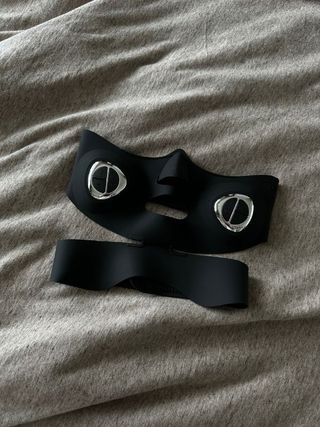
To help you get on the right track, I asked Sturnham and acupuncturist and founder of REOME, Joanna Ellner for their top beauty tool recommendations and advice.
1. Microcurrent Devices
"Microcurrent has been used in the world of dermatology for many years," explains Sturnham. "Studies have shown that microcurrent can aid wound healing, stimulate fibroblasts, which are the skin’s collagen-making cells and also reduce inflammation in the skin, as well as stimulating muscle contraction." These concerns are typically all related to the main signs of skin ageing, but according to Sturnham, can be treated as part of a preventative approach from your twenties. "As we lose 1-2 % of our collagen stores every year from the age of 20, it makes sense to counteract these changes with treatments that support the skin structure and muscle tone," she adds.

This popular microcurrent device can also be adapted with attachments to target specific areas, such as fine lines around the eyes and mouth.
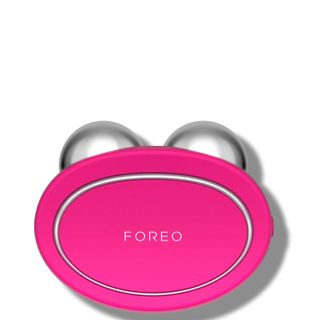
98% of users of this device report skin looking brighter, plumper, nourished, and more supple in just one week.
2. Radio Frequency Devices
Radio frequency is a lesser-known treatment that has begun to gain popularity in recent years, and has impressive benefits for those concerned with loose skin and loss of elasticity. "I love using radiofrequency devices for my patients," says Sturnham. "Radiofrequency waves are converted into thermal energy in the skin and this has been shown to stimulate new collagen formation, making it a popular treatment to lift, tighten, and plump the skin."
Again, she advocates radio frequency as a treatment at any age. "It offers a preventative approach to boosting collagen stores in younger patients and for more mature skin it can be helpful to tighten and lift sagging skin."
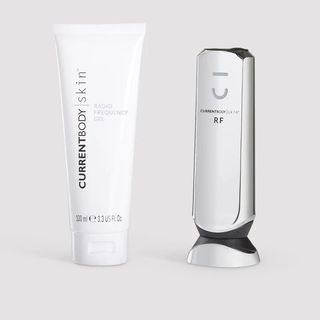
This device can be used to treat everything from forehead lines and crow's feet to the neck, cheek, and jawline.
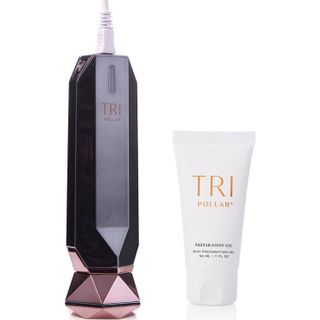
With this powerful radio frequency device you can achieve salon-worthy results from the comfort of your own home.
3. LED Light Therapy Devices
You've probably seen these masks before on oyur Instagram feed—turns out they're more than just a fun accessory for a cool selfie. "LED light therapy uses light energy at different wavelengths and each wavelength is absorbed by a different layer of the skin," explains Sturnham. "I recommend looking for a device which offers red light to stimulate collagen production and reduce inflammation, blue light for breakout prone skin, and near-infrared light to reduce inflammation at a deep level."
This is a great beauty tool to invest in if you prefer a low maintenance approach to beauty since you can stick it on while you're working or watching TV. "Plus there is no need to use them every day," adds Sturnham. "I recommend making them part of a weekly at-home facial."
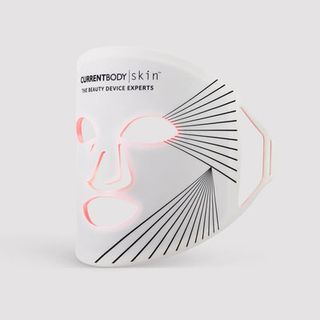
Made from soft, flexible silicone, this mask is a great at-home option for those who want to maintain the benefits of light therapy in-between in-salon treatments.
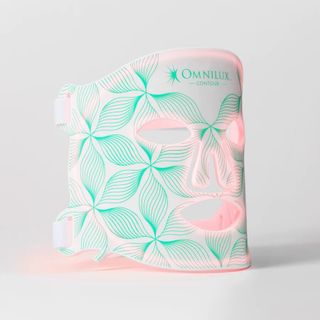
This red light therapy mask is a dermatologist favourite. What's more, the brand recently released a range of skincare products designed to be used alongside the mask for added benefits.
4. Electrical Muscle Stimulation Devices
"Electrical muscle stimulation (EMS) devices, also known as neuromuscular electrical stimulation (NMES) or electromyostimulation devices, work by initiating muscle contraction using electric impulses that are delivered through the skin," explains Sturnham. The end result? By specifically targeting muscles, EMS devices can help to lift and sculpt the face. Think of it as the facial equivalent to an intensive workout.
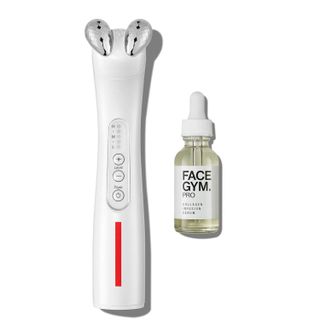
With ten levels of intensity, this at-home EMS device encourages deep muscle stimulation, giving the face a sculpting workout in just ten minutes.
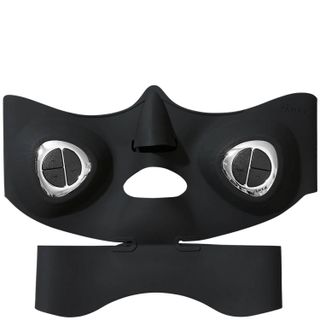
Prefer the kind of device you can leave on to work its magic while you work or watch TV? This mask targets the muscles in the lower half of the face, helping to sculpt the cheeks and jawline.
5. Gua Sha
Proving that the best beauty tools don't have to be expensive or electrical, Ellner prefers using a gua sha over other facial devices. "Gua sha boards—carved from jade or bian-stone—are used to gently pull and lift the planes of the face, for an immediate boost in skin microcirculation," she explains. "Over time, it stimulates an intracellular injury response, supporting cell-metabolism, and collagen and elastin production for a lifted look and a healthy, radiant glow."
The benefits of regular gua sha use are multifarous, ranging from reduce puffiness to improved radiance. "For skin rejuvenation, it’s incredible," adds Ellner. "I recommend it to my patients who wake in the morning feeling puffy, or those that have stubborn under eye bags, and those who feel their facial contours aren’t sitting as high as perhaps they once did."
According to Ellner, a five-minute gua sha routine is like the equivalent of a one-hour facial, if administered correctly. She recommends using upward strokes, medium-pressure, and holding the gua sha board at a 45 degree angle to the face. "Start with upward strokes at the neck, with a gentler pressure, and then, beginning from the chin, pull the gua sha board," she adds. "The key mistakes I see are people not using enough pressure, using it cold, gliding too fast and angling it at a right angle to the skin."

Boosted by the added benefits of cryotherapy—pop this gua sha in the freezer beforehand for extra cooling benefits.
6. Facial Massage Devices
Aside from gua shas, there are a number of other manual beauty tools that can also be used to target facial concerns like tension, dullness, and saggy or puffy skin. According to Ellner, such devices provide an opportunity to decompress and come back into the body, compared to digital facial devices, which she believes can hyper-stimulating.
There are now hundreds of different types of face massage tools on the market, from jade rollers to ice globes (and many more), so if you're feeling overwhelmed, Sturnham advises opting for the ones that you can actually see yourself using and easily incorporating into your regime. "I always say that your skincare steps should be a pleasure and not a chore," she adds. "Market research has shown that if you enjoy your using your products then you are more likely to use them consistently and we know that consistency is key to healthy skin."
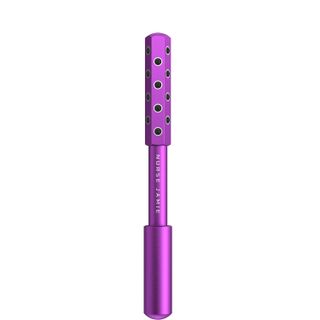
Inspired by the massage techniques used in professional collagen-boosting facials, this massaging device helps to revive, energise, and lift skin.

The skincare equivalent of a stress ball—roll this over your face and neck to relieve tension and break down knots.
7. Multitasking Devices
If more than one of the above appeals to you but you don't fancy investing in multiple devices in one go, there are a number of beauty tools that cleverly incorporate multiple benefits in one. "I use a multitasking device called the Foreo UF0, which I was introduced to when I was pregnant," says Sturnham. "It uses LED, T-sonic pulsations, and cooling settings to improve the results of your at home facial." These devices can be a great way to test out the benefits of different technologies before you decide to invest in a tool that specialises in just one.
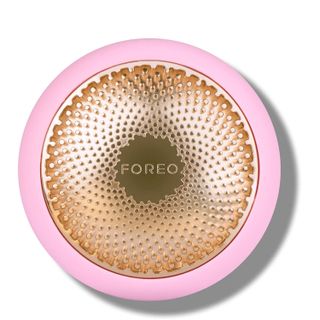
Designed to enhance the benefits of a sheet mask, all you need to do is clip on a mini mask (available to purchase separately) and you're good to go. Use the Foreo app to control the heat, cryo, and vibrational settings.

This lightweight, portable device is perfect for maintaining your skincare routine while on the go. It combines the benefits of red light therapy and microcurrent with therapeutic warmth and massage.
Next Up: How to Carry Out the Ultimate Skincare Routine, According to a Dermatologist
Grace Day is a beauty editor and content creator. She has over 10 years of beauty-industry experience, spanning editorial, retail, and e-commerce, which gives her a unique understanding into how people shop for their beauty routines.
While studying for a history degree (specialising in the history of beauty) and working as a beauty adviser in department stores, Grace started writing her own beauty blog in order to share the products she discovered while dealing with acne. After graduating, she moved to Beauty Bay as beauty editor and content manager. Grace is currently a beauty contributor to Who What Wear. She has also written for Hypebae and PopSugar and works as a brand consultant and copywriter.
